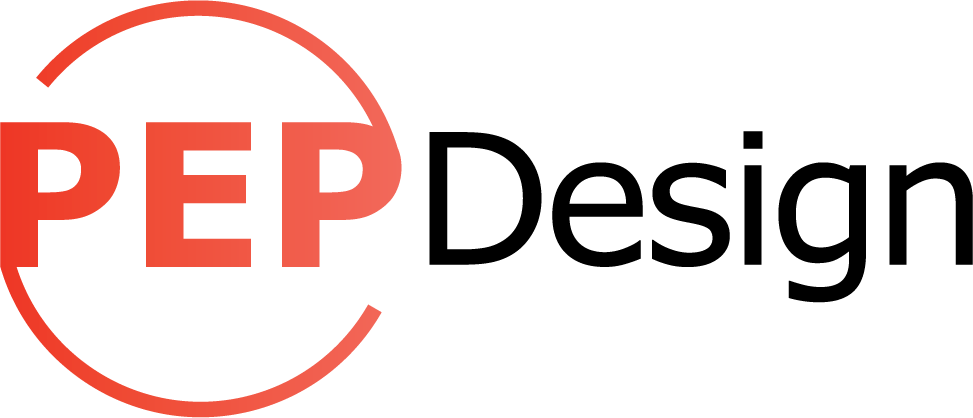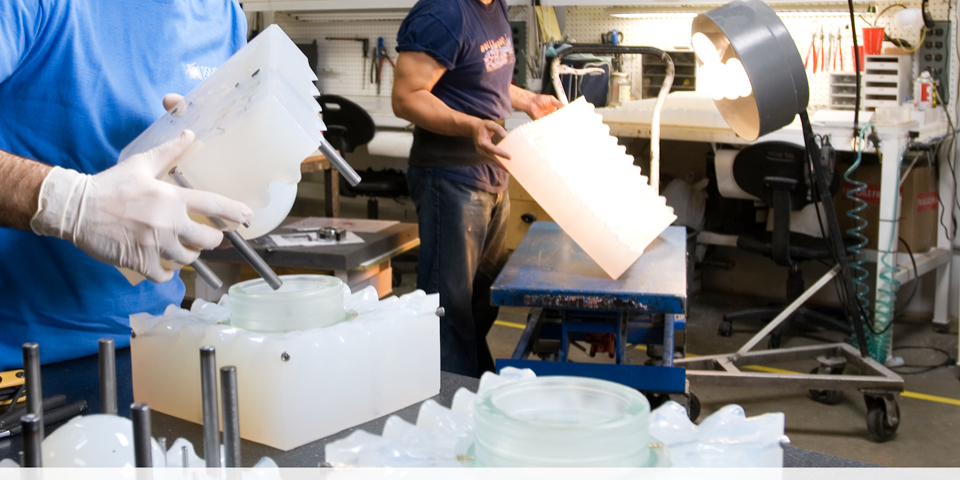In this next series of blogs, we’ll look at high volume prototyping, the techniques involved, and why it is done.
During a product development cycle, there are always different levels of prototype sophistication and volumes needed, depending on the product being developed. At the beginning the prototypes needed are simple and few in number because they are proof of concept—a reality check needed to make sure the project is on the right path. The mantra of “prototype often and early” applies, and should ring in the ear of every engineer. Often only one prototype is needed at this stage. As the project progresses, the sophistication of the prototypes will necessarily increase to answer ever more complex questions.
Other factors that become important as the product development cycle progresses are probability and tolerance variation. It is uncanny how often a prototype seems to work perfectly midway through the development cycle, only to suddenly not work later on as more prototypes are made, or when the product goes into pre-production, or worse yet, production. Usually this is because the prototype was hand built, with tight tolerances, and sometimes luck is involved in making it work. But as more units are made with techniques closer to what production requires, new problems invariably make themselves known. It’s like lowering the water level in a lake and revealing snapping turtles. One thing a product design engineer can count on is that if every variable is not taken care of and constrained, the project eventually will not go your way. This is simply the unavoidable law of probability.
What is an engineer to do? Make a large number of prototypes and vigorously test them in the lab and in the field. No engineer can sit at his or her desk and think of all the ways people will use the product. The sooner deficiencies are revealed the better. Unfortunately a high volume prototype situation is not always possible, such as with a rocket body or large aircraft. Making many prototypes and blasting them off is just too expensive. However, several technologies exist to makes parts with “soft tooling” or techniques that make higher volume prototyping possible and pay in the long run. High volume prototyping takes over where 3D printing leaves off. The range of high volume prototyping is usually as little as 6 and as high as 200. Past this volume the economics stop making sense.
The technologies this blog series will explore are: RTV molds (cast urethane parts), plaster mold casting (cast metal parts), CNC machining, Thermal forming, CNC turret press for sheet metal, and 3D printed molds for plastic injection molding, which has only recently become available.
Let Pongratz Engineering steer you in the right direction as far as what high volume prototyping is best for your part or project. We are routinely called upon to recommend and select methods for our customers. Contact us at www.pongratz-engineering.com
NEXT UP: Plaster Mold Casting (cast metal parts)
Related Posts:


